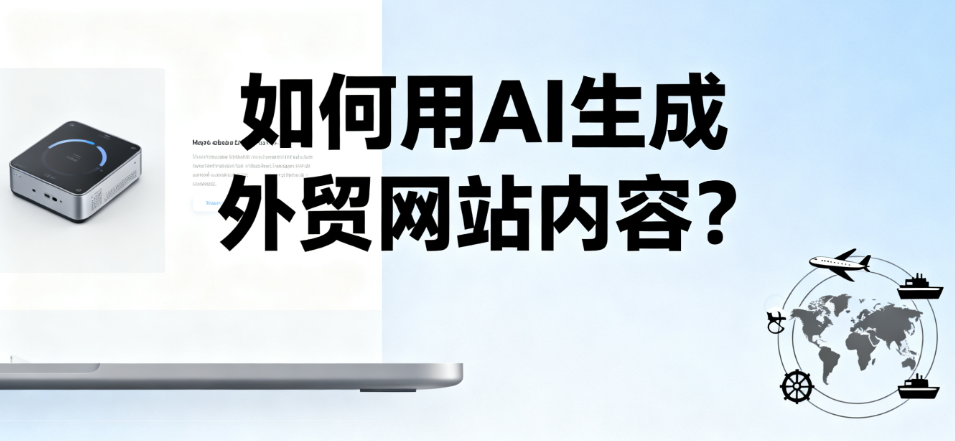
In the competitive world of metal auto parts B2B, having a static product catalog isn’t enough anymore. According to recent data from LinkedIn Sales Navigator, companies that use AI-powered content automation see up to 47% higher lead-to-customer conversion rates within six months. The secret? A smart website that speaks directly to buyers’ technical needs — not just their budget.
Many B2B websites in the auto parts sector still rely on generic descriptions like “high-quality steel components.” But real engineers and procurement managers search for specific terms like “ISO 9001 certified ball joints” or “OEM-compatible suspension arms.” By integrating an internal industry glossary into your CMS, you can auto-generate accurate technical specs based on product codes — saving hours of manual work while boosting SEO rankings.
For example, one Chinese auto parts supplier saw a 32% increase in organic traffic after implementing structured data markup using their own term library. This allowed Google to better understand context and rank them for long-tail keywords like “heavy-duty brake caliper for Ford F-150.”

Not all visitors are equal. Some come looking for catalogs, others want CAD files or compliance certifications. With behavioral tracking tools (like Hotjar + GA4), you can dynamically serve relevant content — such as downloadable PDFs or live chat prompts — based on how users interact with your site.
A case study from a U.S.-based distributor showed that personalized landing pages increased time-on-site by 65% and reduced bounce rate from 58% to 34%. That’s not just engagement — it’s qualification.
Most B2B leads are lost before they even reach a human. An AI-powered chatbot trained on common buyer questions — e.g., “Do you support OEM customization?” or “What is your MOQ for stainless steel brackets?” — can capture intent early and route qualified leads to sales reps faster.
One European auto parts manufacturer reported a 29% drop in unqualified inquiries after deploying AB客’s AI assistant. More importantly, sales teams spent 15+ hours per week less on basic queries — freeing them to focus on high-value conversations.
| Metric | Before Smart Site | After Implementation |
|---|---|---|
| Avg. Time on Page | 1.2 min | 2.9 min |
| Lead Conversion Rate | 2.1% | 5.4% |
| Cost Per Qualified Lead | $42 | $27 |

To win in international markets, you need more than translation — you need localization. Deploying a multilingual site group (e.g., en-US, es-ES, ar-SA) across global CDNs ensures fast load times and improved trust signals. For instance, a German buyer is 3x more likely to convert when seeing pricing in EUR rather than USD — especially if the language matches their region.
With proper setup, businesses report up to 40% faster page speeds in target regions and measurable increases in repeat visits — key indicators for long-term B2B relationships.
💡 Pro Tip:
Start small — optimize one product category first, then scale. Use analytics dashboards to track which pages drive the most conversions, and iterate weekly.
Discover how AB客 helps metal auto parts brands automate content, personalize experiences, and convert more international buyers — without hiring extra staff.
See How It Works →.png?x-oss-process=image/resize,h_100,m_lfit/format,webp)
.png?x-oss-process=image/resize,h_100,m_lfit/format,webp)

.png?x-oss-process=image/resize,h_100,m_lfit/format,webp)
.png?x-oss-process=image/resize,h_100,m_lfit/format,webp)
.png?x-oss-process=image/resize,h_100,m_lfit/format,webp)
.png?x-oss-process=image/resize,h_100,m_lfit/format,webp)
